After seven years of negotiations, the 16 participating states in the Regional Comprehensive Economic Partnership (RCEP) agreement issued a statement on 4 November 2019 at Bangkok, conveying that 15 of the participating states had concluded text-based negotiations on 20 chapters of the agreement and will proceed to sign this agreement in 2020.
The statement mentioned that India has significant outstanding issues, which remain unresolved and that all RCEP participating countries will work together to resolve these outstanding issues in a mutually satisfactory way. India’s final decision, the statement read, “will depend on satisfactory resolution of these issues”. The Indian delegation issued a separate statement, stating that it had decided not to join the RCEP since it did not receive any “credible assurance on market access and non-tariff barriers”. A statement by the Indian Commerce Minister Piyush Goyal on 5 November revealed that there were at least 70 outstanding issues in the negotiations, of which 50 pertained to India.
Comprising half of the world’s population and accounting for nearly 40% of global commerce and 35% of GDP, the RCEP could have become the world’s largest free trade area, with India being the third largest economy had it been a part of it. This, however, was not to be. Not surprisingly, many ASEAN countries, and Japan, Australia and New Zealand have expressed views that India should be part of it. ASEAN, by tradition, has favoured diverse partnerships, and in the current scenario India would have become an additional large trading partner along with China.
Leading up to the negotiations, at least eight different industry sectors had expressed apprehension about the utility of the agreement for India, there was opposition from other political parties, and a division amongst the think tank community in India. The difficult state of the Indian economy, and stagnation in Indian exports added to the pessimistic solution. It does seem that Indian negotiators put forth their points forcefully, but the crucial issues for India kept getting pushed right till the end without resolution. This shows the divergence of positions between India and the rest of the participating states.
Reports suggest that India also brought in additional issues into the negotiations over the last two rounds after further evaluation of the impact that the RCEP in its current form could have on the Indian economy. Given these circumstances, staying out was a logical option for India. The statement by the Prime Minister at the RCEP meeting stated, “India has been proactively, constructively, and meaningfully engaged in the RCEP negotiations since inception”, but the draft RCEP agreement “did not fully reflect the basic spirit and the agreed guiding principles of RCEP” even as it did “not address satisfactorily India’s outstanding issues and concerns”.
Wang Shou Wen, Vice Commerce Minister and a top Chinese trade negotiator, said on 5 November that China and the 14 other member states respected India had outstanding concerns, but member states were prepared to work together to address them. “We must together with India, work hard to solve these problems. And India must decide on the basis of this resolution whether to enter into the agreement”, he said. Wang did not elaborate on India’s points of contention, but he said they were not just with China. He added that the current member states would settle the “very few remaining questions” around market access before the end of the year.
Commerce Minister Piyush Goyal, speaking on 5 November noted that “should the other countries come up with better offers in the interests of India’s industry and people, we will discuss it and do what is good for our farmers, industry, and the services sector”. Prima facie, this seems like an option, but in reality, to expect Indian concerns to be resolved within the legal scrubbing phase of the RCEP text, seems difficult unless there is a concerted effort made by the rest of the RCEP partners. This will also mean that the rest of the RCEP participating states will have to agree to reconvene negotiations with India since individual negotiations at this stage is not a feasible option. Even though India is a large market, and even if this market may be important for countries like China as it faces difficulties in its trade and investments with the United States, the process outlined above seems extremely difficult to get under way again for India’s sake.
What actually led to this situation and what were the main sticking points? At a time of escalating Sino-US trade tensions, China was particularly keen to see a successful conclusion of the RCEP negotiations and had been vigorously pushing for this outcome. But that also became the primary problem for India. The US and others have pointed out that over the years China has circumvented many WTO rules to its advantage on tariffs, market access, and subsidizing its state-owned enterprises and currency manipulation – all these issues have become contentious in the current round of trade conflict with the United States.
For India, a circumvention of international trade and investment rules to reorganize its domestic market is not possible in a democratic and transparent set up of governance and neither would it like to embark on that route. Other than China, some of the other RCEP partners with whom India has large trade deficits have become major investors, offsetting trade losses. In the case of China, India today is staring at a total of $750 billion trade deficit over the past 10 years, while investments into India from China amount to a paltry $8 billion in investments from that country. While India runs trade deficits with at least 11 of the 15 RCEP members, China alone accounts for $53 billion of India’s $105 billion trade deficit with these countries.
Analysts have pointed out that the RCEP agreement with its present text would leave the door open for China to circumvent rules of origin to enter in bigger margins into the Indian market. While there are reports that with China, the tariff reduction percentages offered by India would have been marginally lower than the rest of the partners, and there are also unconfirmed reports about an understanding with the Chinese on phasing out tariff reductions over 5-20 years depending on the product. A duty reduction of 80-90% on tariff lines under the agreement – it was feared - would have meant a drastic effect on dairy, marine and textiles sectors. In the absence of a strong chapter on rules of origin and dispute settlement mechanism or a strict investment regime, (so that companies investing in India would procure a certain percentage of input materials locally), intellectual property rights, as well as inimical rules on data sharing, the agreement would have been lop sided for India. China would have gained a lot of access in chemicals, pharmaceuticals and plastics, iron and steel and non-ferrous metals. This, it was feared, could have an effect on jobs, as well as small and medium enterprises.
India’s demands at the RCEP negotiations, therefore, were made with China fully in mind – and included a demand for shifting the base year for tariff cuts from 2014 to 2019 since it has raised tariffs on as many as 3500 products since 2014 mainly to guard against Chinese goods flooding the Indian market. India also wanted to avoid a sudden surge in imports from China, Australia and New Zealand by including a larger number of items in an auto trigger mechanism which would kick in higher tariffs above a threshold. India called for stricter rules of origin to prevent dumping into the Indian market through third counties in RCEP by China, establishing credible mechanism to address non–tariff measures through agreed equivalence, protocols, and similar mechanism to improve meaningful market access, and a better deal in services – especially movement of people under Mode 4 – which hardly found support in the RCEP negotiations. Indian concerns stemmed from the large trade deficit with the ASEAN and China, and fears that unless these demands were me, India will become a dumping ground for cheap imports from the RCEP partners, primarily China. India’s experience with Free Trade Agreements (FTAs) has been much less than expectations, with a NITI Ayog report pointing out that FTA utilization was in the 5% to 25% range.
India’s Act East Policy has been appreciated in the region. But its record on connectivity projects is inferior compared to the speed and scale of implementation of similar projects by China. ASEAN and the other RCEP partners would therefore prefer to see a greater Indian security and economic presence in the region. In that respect, India’s absence from RCEP will leave the field open to China, put into question India’s credibility and ability to deliver on projects in the Indo-Pacific, and will affect its trade and investments with the RCEP partners. Remaining outside RCEP will have an adverse impact on exports to the RCEP members, who will enjoy lower tariffs within the grouping – India’s existing FTAs with ASEAN, Japan and Republic of Korea notwithstanding. It would also mean that RCEP Members will be seen as better investment destinations, being part of larger grouping with market access within the group. The focus on an important policy option for improving competitiveness (trade policy reform which must complement improving cost and timeliness of transactions and policy response) will be put off at least in the short term, and India will not benefit from a framework of disciplines and collaborative solutions that would apply to China. Both geo-politically and geo-economically, China now looks to dominate the Indo–Pacific, and that is the reason why countries like Japan and Singapore are now suggesting that they would work towards a deal which includes India.
In the long run, however, India needs to be part of RCEP. This will facilitate FDI in manufacturing in India as RCEP will allow access to the Chinese and other 14 countries who will be part of RCEP. The fear of being swamped by Chinese goods can only be mitigated by making Indian economy and manufacturing efficient, reforming agriculture, promulgating new labor laws, bringing down the cost of capital and time and costs of business transactions, reducing deficit financing, rationalization of indirect taxes and levies, reducing bottlenecks, and improving logistics. India needs a road map and time frame within which to make structural changes and join RCEP, thereby deriving benefit from the agreement. Like the other participating states in the RCEP negotiations, India will need to improve transaction costs, and improve its position on indices such as ease of doing business.
Participation in RCEP will promote formation of supply chains and will provide access to mutual recognition agreements. While making these preparations, India will need to focus its attention on FTAs outside the grouping - e.g. Europe, USA or Africa. The CECA negotiations with Australia could be revived given the vast potential of trade and investments with that country. The existing FTAs with Asean, South Korea and Japan will need to be reviewed and made to work better to obtain a level playing field and to keep up the momentum in out Act East Policy. The stance of Indian negotiators on services needs to be reevaluated for the overall gains that insistence on Mode 4 access brings at the cost of strengthening of the three other modes under the services chapter where some of the RCEP partners are stronger. China’s use of ASEAN, particularly Singapore - where India has both FTAs and double taxation avoidance agreements (DTAAs) – as the route for dumping its low value products to India, though recognized, still continues unabated. Without an “origin of product’ clause in most of the FTAs signed by India, establishing the source of dumping remains difficult. With India insisting on such clause in the RCEP, it was also trying to plug this loophole.
That said, bilateral trade, investment and connectivity projects will have to be concentrated upon with ASEAN. India’s growing role in the Indo-Pacific demands that this engagement is maintained, and that eventually, when the India is ready, participation in RCEP reactivated.
(The paper is the author’s individual scholastic articulation. The author certifies that the article/paper is original in content, unpublished and it has not been submitted for publication/web upload elsewhere, and that the facts and figures quoted are duly referenced, as needed, and are believed to be correct). (The paper does not necessarily represent the organisational stance... More >>
Image Source: https://images.livemint.com/img/2019/10/13/600x338/f9bd54aa-edcf-11e9-87df-05c4f89ba6c0_1570985599057_1570985635741.jpg

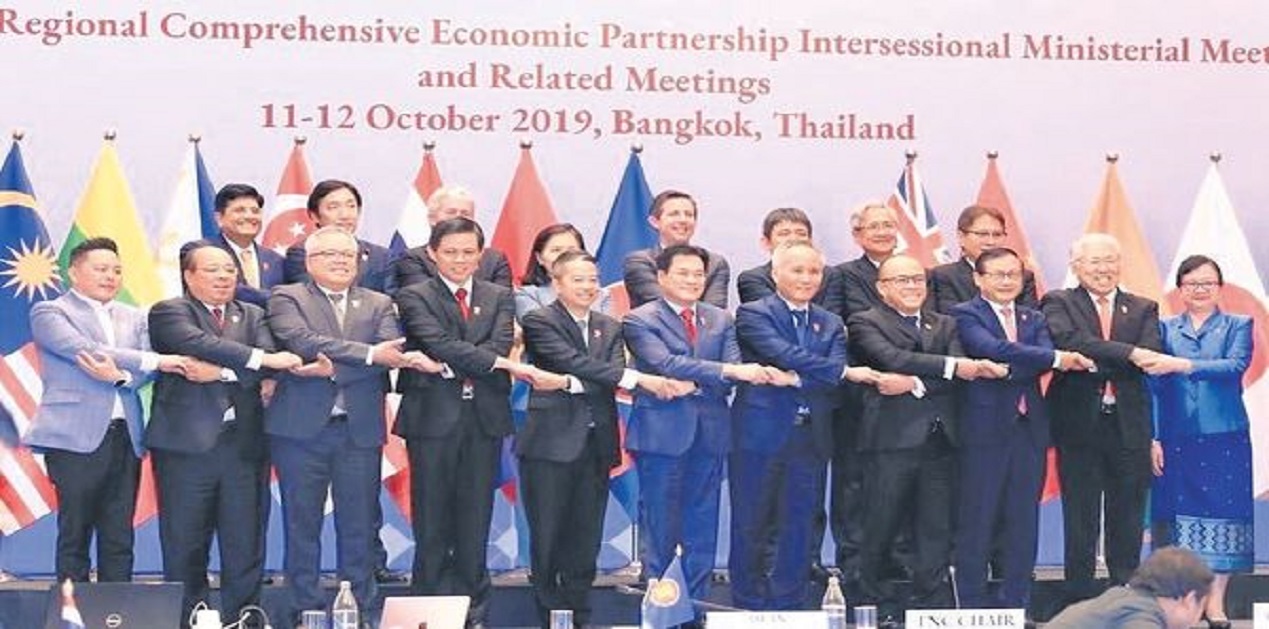
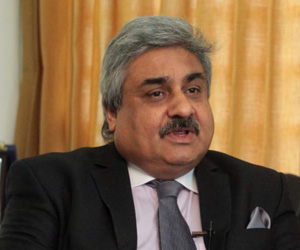
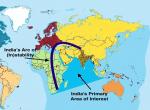



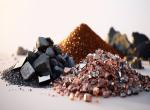
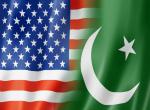


Post new comment